Luxation / Subluxation (dislocated Shoulder)
A shoulder dislocation occurs when, due to a fall or sudden movement, the arm is forced out of its socket. The top of the upper arm bone completely dislocates from the shoulder socket. If the arm only partially slips out of the socket, this is called a subluxation. Both cases are very painful. In some people, this may happen repeatedly — this is known as recurrent shoulder dislocation. Below, we explain more about the causes, symptoms, and treatment of shoulder dislocation.
What causes shoulder dislocation?
A shoulder (sub)luxation is one of the most common shoulder injuries. The risk is higher in sports like football, hockey, rugby, volleyball, and basketball. Dislocations can also be caused by weak connective tissue in the ligaments, known as hyperlaxity. In other cases, the joint capsule stretches over time, causing excessive mobility between the ball of the upper arm and the socket of the shoulder blade. In rare cases, shoulder dislocation is congenital — some people naturally have more elastic ligaments.
What are the symptoms of dislocation or subluxation?
As the shoulder becomes more unstable, symptoms become more noticeable. The joint may feel loose, and it can feel as though the shoulder is about to slip out of place in certain arm positions. Pain typically occurs during overhead movements and can interfere with daily activities. Some people experience severe pain at night and are unable to lie on the affected shoulder. Weakness in the arm may also develop.
When the shoulder dislocates, it may feel like a “pop” or “click” in the shoulder. The shoulder will look different and be very painful — especially during the first dislocation. Movement is usually no longer possible. As dislocations or subluxations become more frequent, the shoulder becomes increasingly unstable and may dislocate easily with minor movement.
How is shoulder dislocation best treated?
The dislocated shoulder should be realigned as soon as possible. Sometimes this happens spontaneously, but usually it must be done by a healthcare professional. This is typically performed in a hospital, with local or general anesthesia depending on the severity of the dislocation. In rare cases, nearby nerves and blood vessels may also be damaged. If surgery is necessary, the shoulder will be repositioned under full anesthesia.
After repositioning, the shoulder must be kept immobile for about three weeks. After this period, and with a doctor’s approval, light movements can be resumed. To support and protect the shoulder, Podobrace offers excellent shoulder braces designed specifically for this purpose.
How long does recovery take?
The recovery time for a shoulder dislocation typically ranges from one to three months. It is strongly recommended to avoid sports during this time to prevent another dislocation. Wait at least six weeks before resuming athletic activity. However, guided exercises with a physiotherapist or doctor are encouraged during recovery to help strengthen the shoulder muscles.
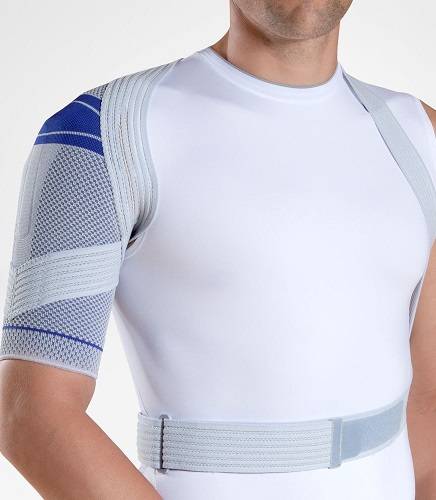
Bauerfeind Omotrain Shoulder Support
Protection level 3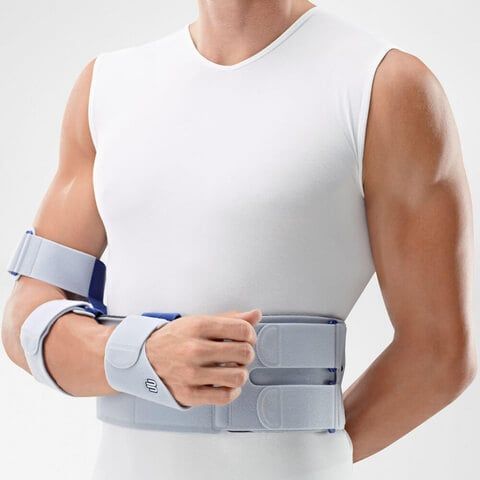
Bauerfeind OmoLoc Shoulder Support
Protection level 3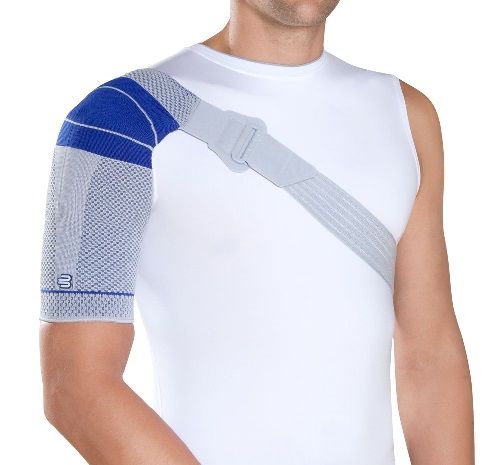
Bauerfeind Omotrain S Shoulder Support
Protection level 3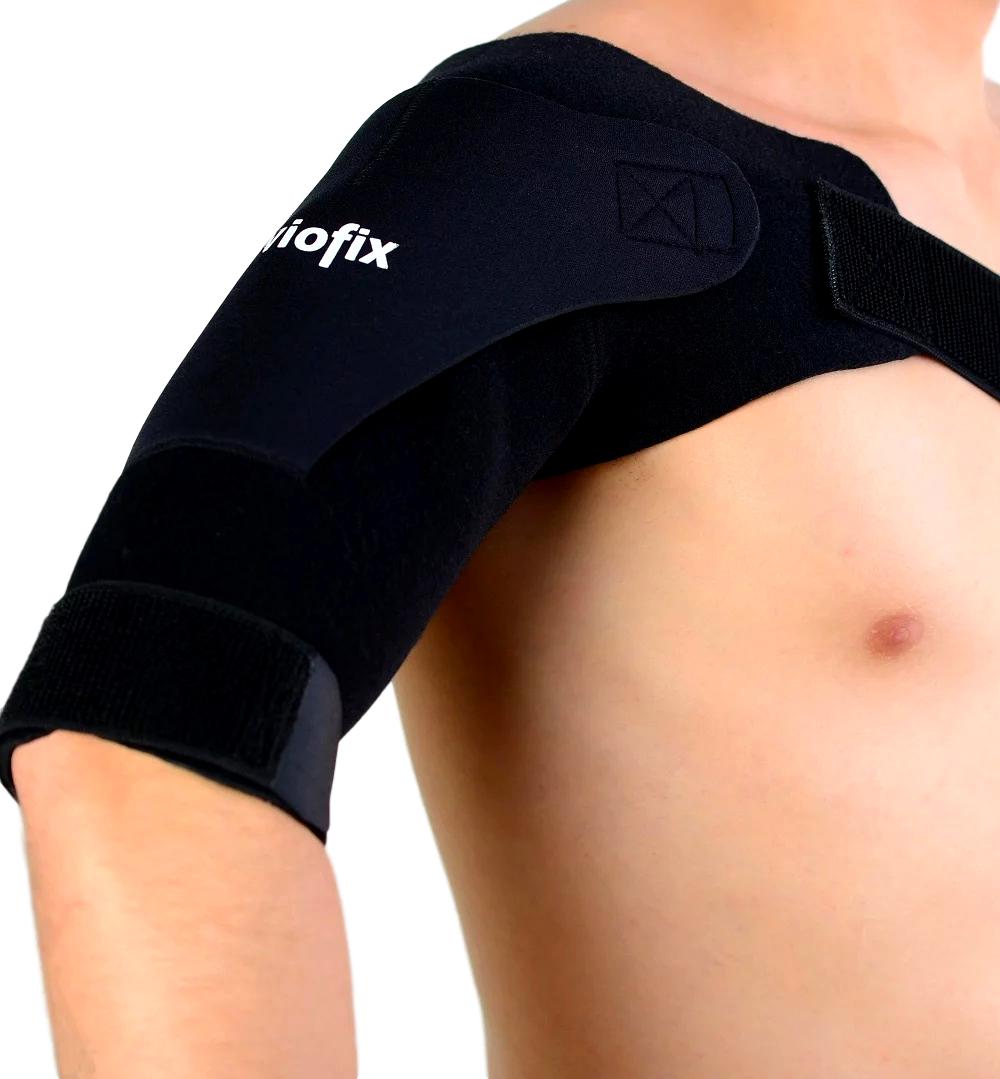
Viofix Lightweight Shoulder Support

Gladiator Sports Premium Lightweight Shoulder Support

Dunimed Ventilating Posture Corrector + Free Resistance Band

Dunimed Arm Sling
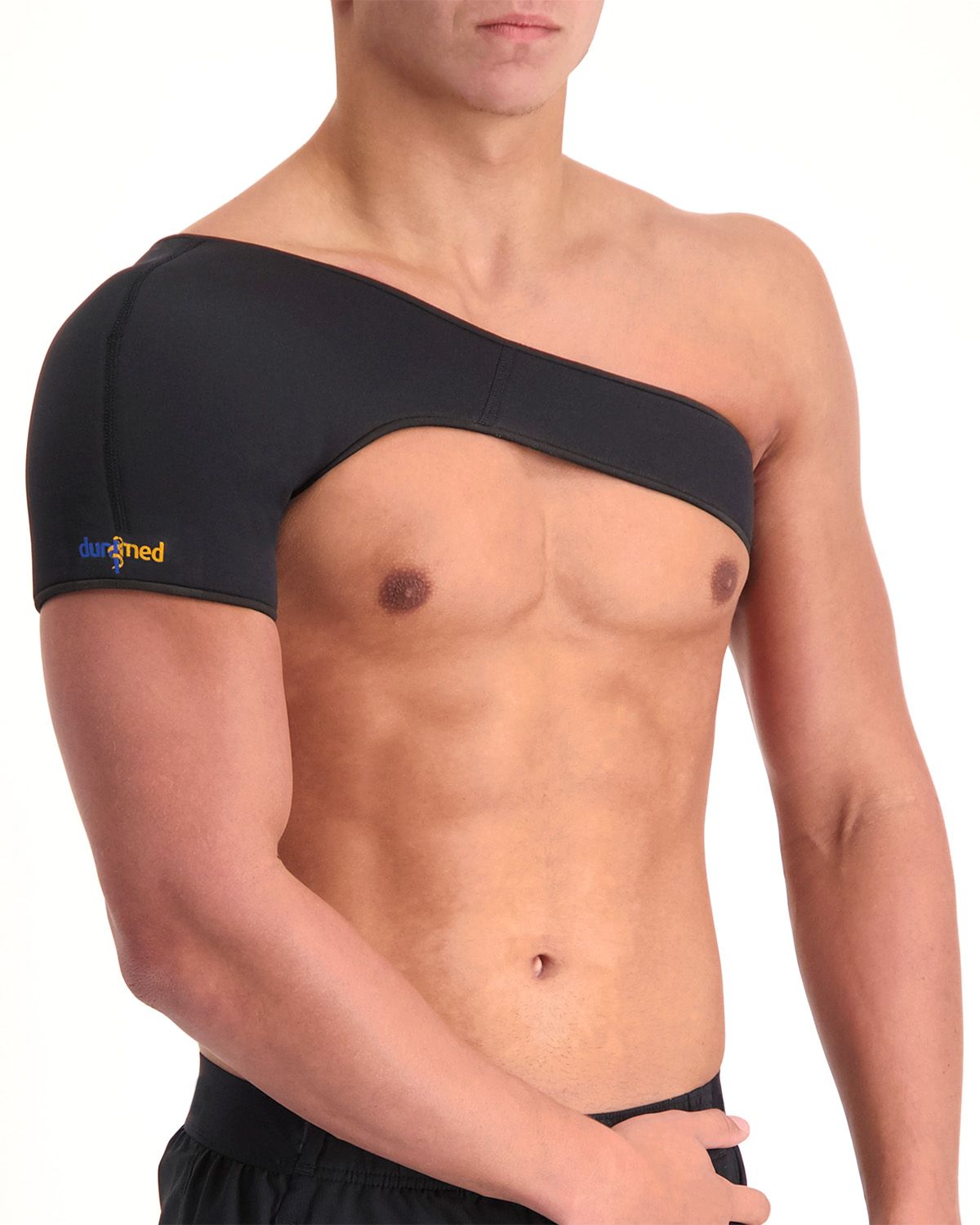
Dunimed Shoulder Support

- Physiotherapist
- Sports podiatrist
- Manual therapist
- Podopostural therapist
- Myofascial dry needling specialist


